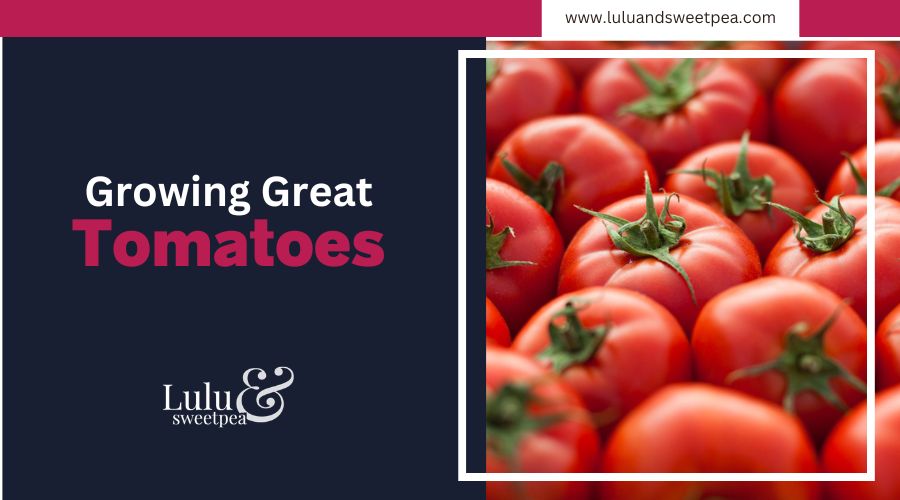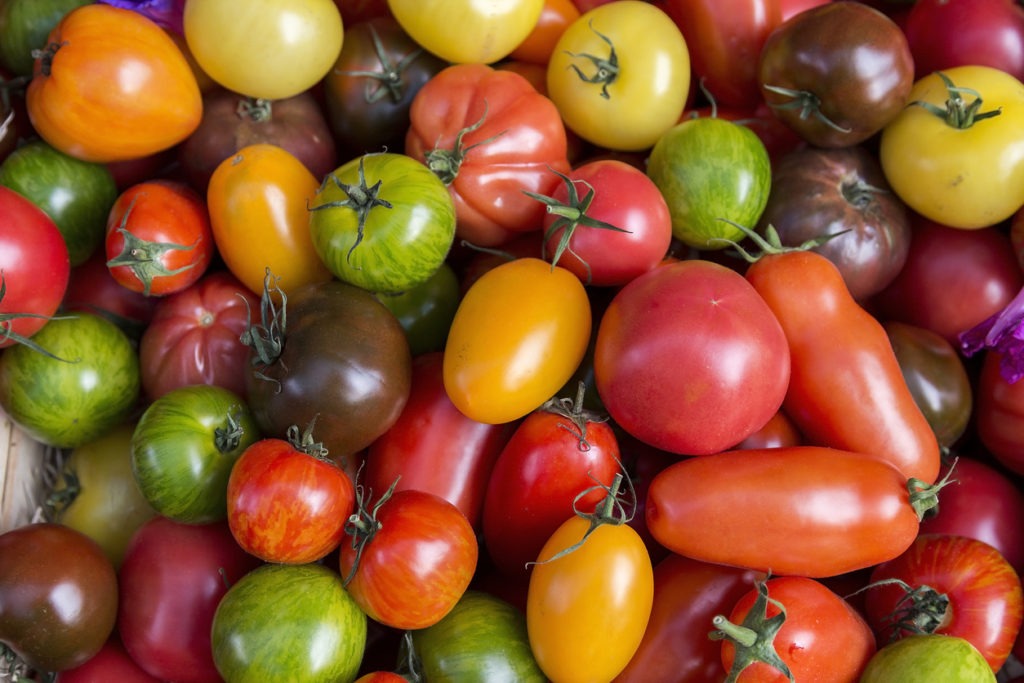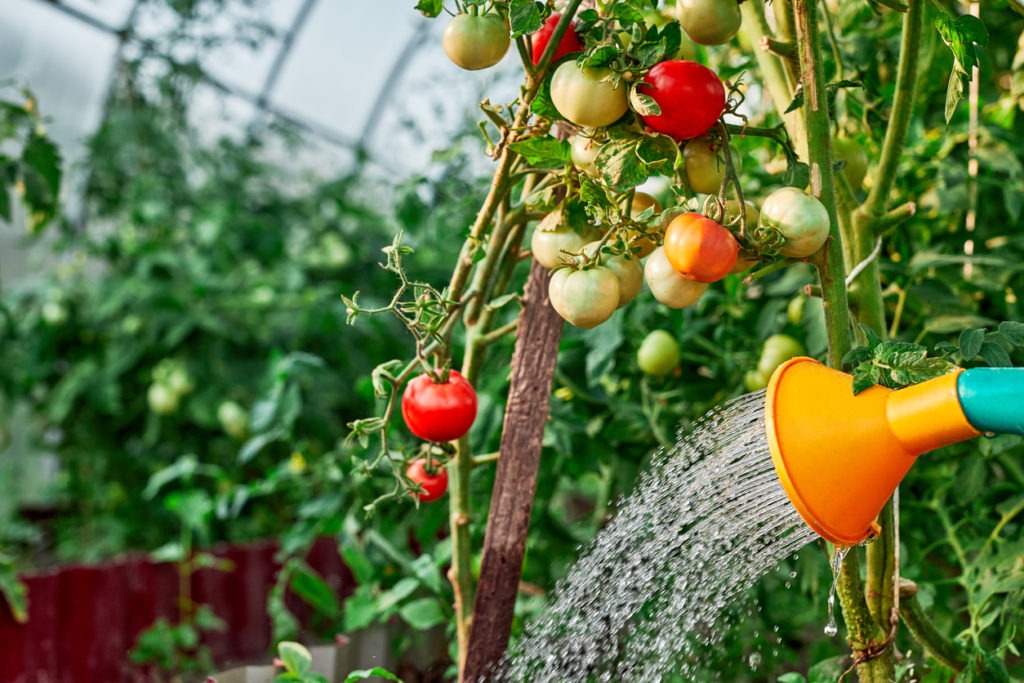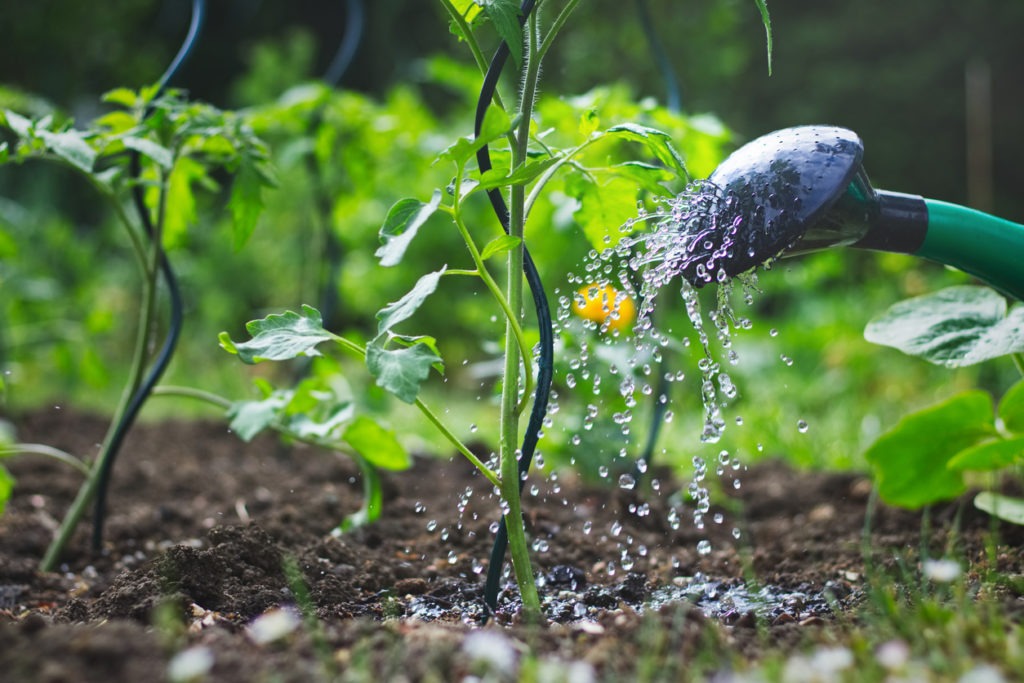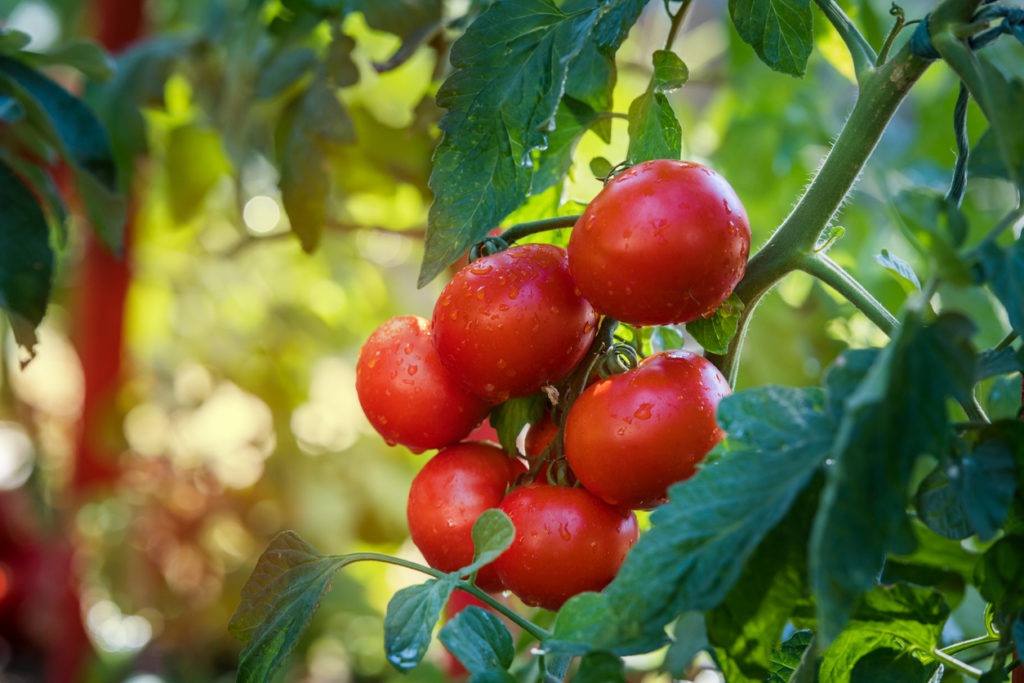Tomatoes are one of the healthiest and widely used vegetables out there and growing these yourself can be a real treat. There is nothing more rewarding than growing fresh organic tomatoes and having slices on your sandwich that you yourself grew.
Tomatoes are packed with an antioxidant substance called lycopene, which makes tomatoes have a bright red color and shields them from the harmful ultraviolet rays of the sun. Lycopene also protects your cells from any damage. They are also loaded with a bunch of nutrients such as potassium, vitamins E and B, and folate, which boosts your immune system and reduces the occurrence of heart disease and cancer.
However, growing tomatoes yourself is a tricky business as they are susceptible to the external environment and require a good amount of attention and care. Let’s have a look at how you can grow great tomatoes yourself and attain the many health benefits organic tomatoes have to offer.
Things to Consider Before Growing Tomatoes
There are many factors you should consider to have the best yield possible. Let’s have a look at some of the important ones.
Variety to Grow
Tomatoes come in a wide range of varieties. Before growing tomatoes, you need to know what variety of tomatoes you want to grow. These varieties include cherry, plum, beefsteak, heirloom, green, and grape. Because each variety thrives in different conditions and grows up to different sizes, you need to be sure which one you want to grow.
You should also consider their flavor, your own preferences, time, and your culinary usage to make this decision. Some of the easiest and fastest growing varieties are cherry, glacier, subarctic party, and bush early girl.
Sunlight Availability
Sunlight is crucial to every vegetable and even more so for growing great tomatoes. Ideally, tomatoes should get a full six to seven hours of sunlight a day, but experts say eight or more hours is even better. This does not mean that your tomatoes will not ripen without the recommended sunlight hours but will take more time to ripen and the season for growing might run out.
Solid Foundation
Before you start growing tomatoes, you need to ensure that you are providing a solid foundation for tomatoes. You can grow tomatoes in containers or in the soil. If you are growing them in a container, you need to use an organic container mix that is compatible with growing tomatoes. The advantage of growing your tomatoes in a container is the mobility that a container offers. In addition to the organic container mix, you may also need a liquid organic fertilizer.
Now, with the requirement of space, you would need your pot to be at least a foot & half deep and wide. If you are growing them in the ground then ensure that the soil is rich, is slightly acidic with a pH of between 6.2 to 6.8, and provides enough room for them to grow as they can take up to two to three feet of width.
Support
Once the plants grow out, it is really difficult to get the branches and leaves to get into support cages without damaging them. So, before you plant, you need to make sure that you set up supports. You can continue to tie the plant as it grows so that any adverse weather events do not snap the fruiting branches. The stronger your support, the better it is for the plant.
Watering
Ensure that you have built up a routine, and have the time to, regularly water tomato plants because they require constant moisture and are not considered as ‘vacation’ plants. You should also check your plants, especially during heat waves when moisture is scarce.
Some starch mulch can also help keep the moisture in and keep some of the pests out. The water you use should also be warm, so you can fill up the can after each use so that the water is warm and devoid of any chlorine when you use it the next day.
Growing Tomatoes from Seeds
Growing tomatoes from seeds can allow you to harvest a good amount of specialties such as heirlooms and others. Starting a tomato plant with a seed is not exactly rocket science but it requires some discipline & care and yields great results. Some of the things you would need to grow tomatoes from seeds include:
- Tomato seeds
- Seed starting pots
- Potting soil to start seeds
- Fertilizer
- A warm environment with plenty of light
Choosing Seeds
There are more than a hundred types of tomato seeds that you can choose from. You can consider the following things before choosing a particular type:
- Variety of tomatoes you want to grow
- Size of tomato plants
- Determinate tomatoes (ripen in a short period & yield no more once ripened, grow up to 3 feet tall and are suitable for containers)
- Indeterminate tomatoes (vining plants that continue to grow & yield tomatoes until frost kills them off, grow up to twice as tall as determinate tomatoes)
- Disease-resistance (since tomatoes are susceptible to different diseases, we recommend that to be on the safe side you should choose at least one variety that can fight off verticillium and fusarium)
The Soil
The best way to start seeds is with no ground soil. Even though it is named ‘potting soil’, it’s different than ground soil. You should use a sterile soilless mix that is meant for seed starting. We recommend strongly against using garden/common ground soil that drains poorly and can give rise to disease organisms.
Choosing Containers
You can start your seeds in anything that is capable of containing soil and has drainage. People have used yogurt cups and cartons to successfully start seeds but make sure to poke holes in the bottom and have waterproof saucers beneath. However, we recommend that you use purchased containers such as seed-starting trays or biodegradable pots.
Temperature and Light
Tomato seeds germinate the best under warm conditions with temperatures ranging from 70 to 75 degrees F, and if you want quicker results, you can also use a heat mat beneath the containers. However, once the seeds have started to grow, they can continue to grow at a cool room temperature of around 60 to 65 degrees F.
As for light, you can start your tomatoes under sunlight but we have seen that seeds under some form of LED grow-light perform better. This is because winter and transitionary spring lights are not as strong as the summer sunlight. As such, poor lighting can actually lead to weak plants and result in disappointment.
Initial Steps for Starting Seeds
Add moisture to the seed starting mix thoroughly and fill up the containers to at least ½” of the top.
Plant two or three seeds in each container cell and then cover them with about ¼” of soil and firm it over carefully.
Moisten the top of the soil with water but be careful to not overdo it to ensure good seed-to-mix contact.
Set up the containers in a warm environment with a heat mat (optional). There is no need for a light source at this point.
Regularly moisten the soil but do not soak it. Lay some sort of plastic wrap over the containers.
Inspect the pots daily. As soon as you see the seeds sprout, remove the covering and place them under sunlight or LED grow light. Make sure to keep these grow lights around an inch or two above the containers.
What to Do Next?
You should continue to keep the soil moist. If you see a light color in the seed mix, consider moistening it up as it is an indication of dryness. Some gardeners also use fans in the room as air circulation can reduce the chances of disease.
Then comes the thinning part. For the best results, you will need only seeding each cell of the container. This is a tricky part so you should be extra careful. Choose the healthiest and strongest seedling and snip off the others with scissors.
Once you see the second set of true leaves, you need to start fertilizing. You need to apply a water-soluble fertilizer mixed at half the recommended rate once or twice a week for the best results.
You have to re-pot your seeds once you see the seeds have outgrown the pot or container before moving them outside. Prevent your seeds from getting pet bound otherwise their growth might get stunted.
Once you have re-potted your seeds, you have to transport them to your garden, but make sure that you do this after the average spring frost date. Consider using season-extending garden fabric if a late frost appears.
Conclusion
Growing fresh tomatoes, yourself is one of the most rewarding treats for anyone. However, tomatoes have certain temperature and light requirements with regular maintenance. If you have carefully followed the steps above and all goes well, you can expect to have fresh tomato slices on your sandwich within six to eight weeks.
